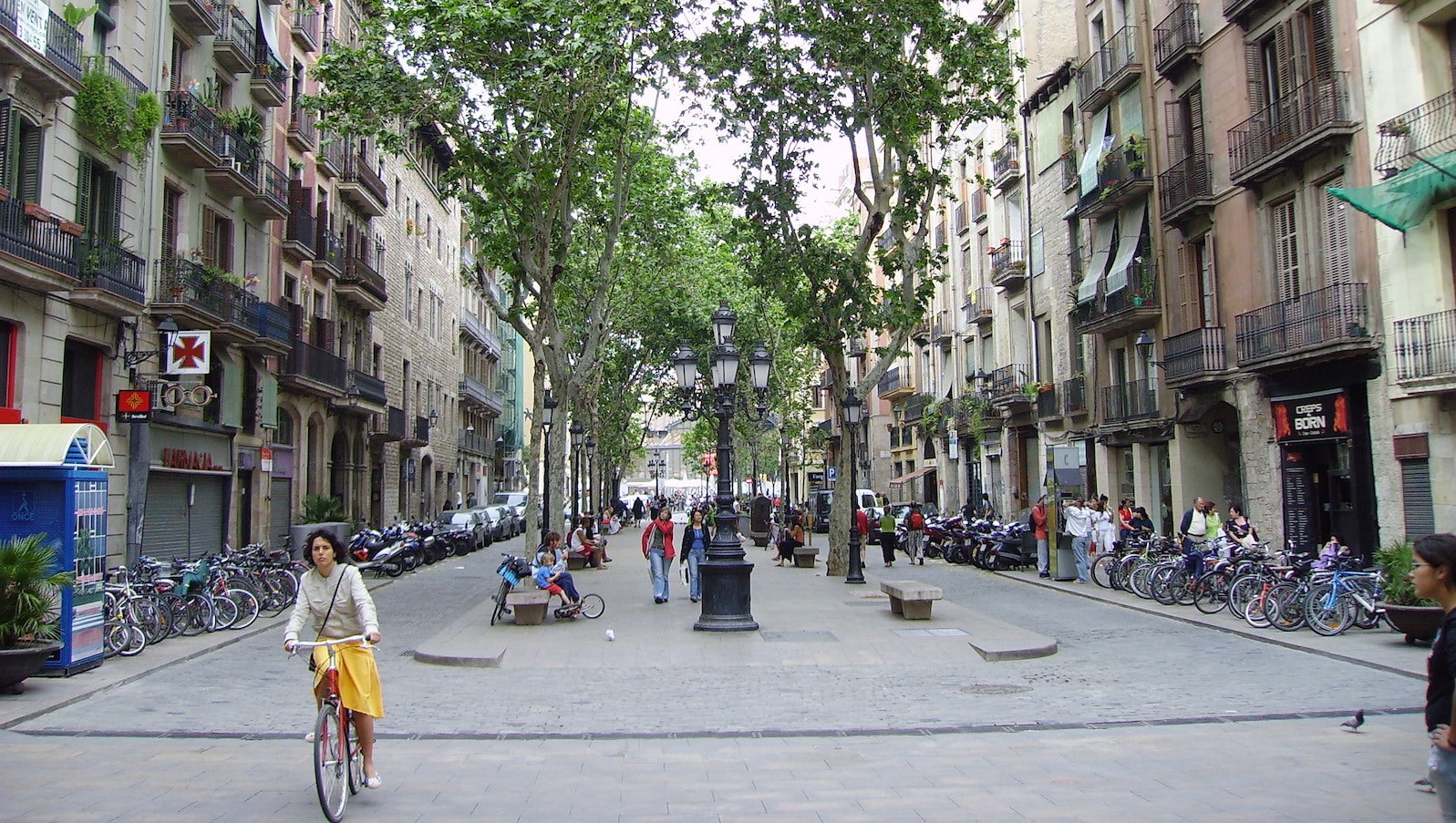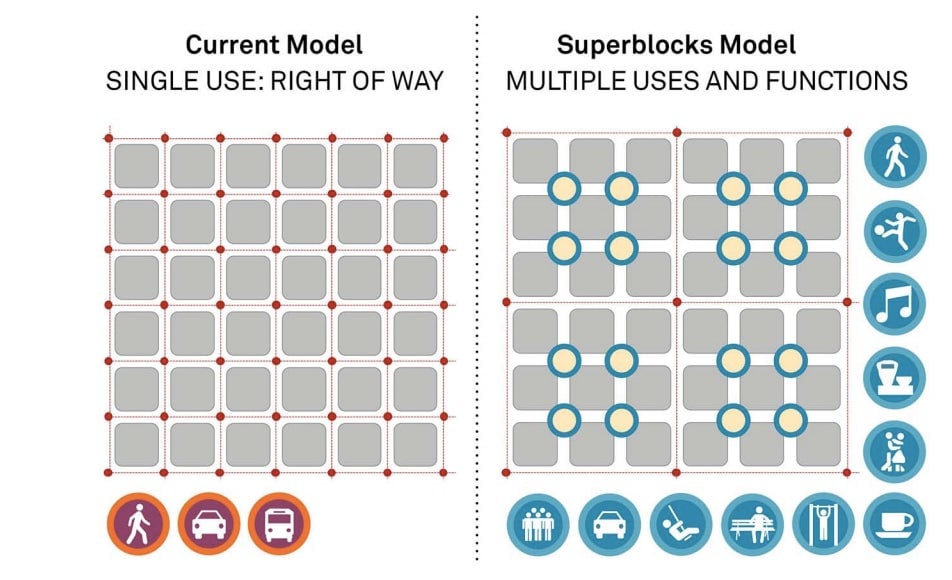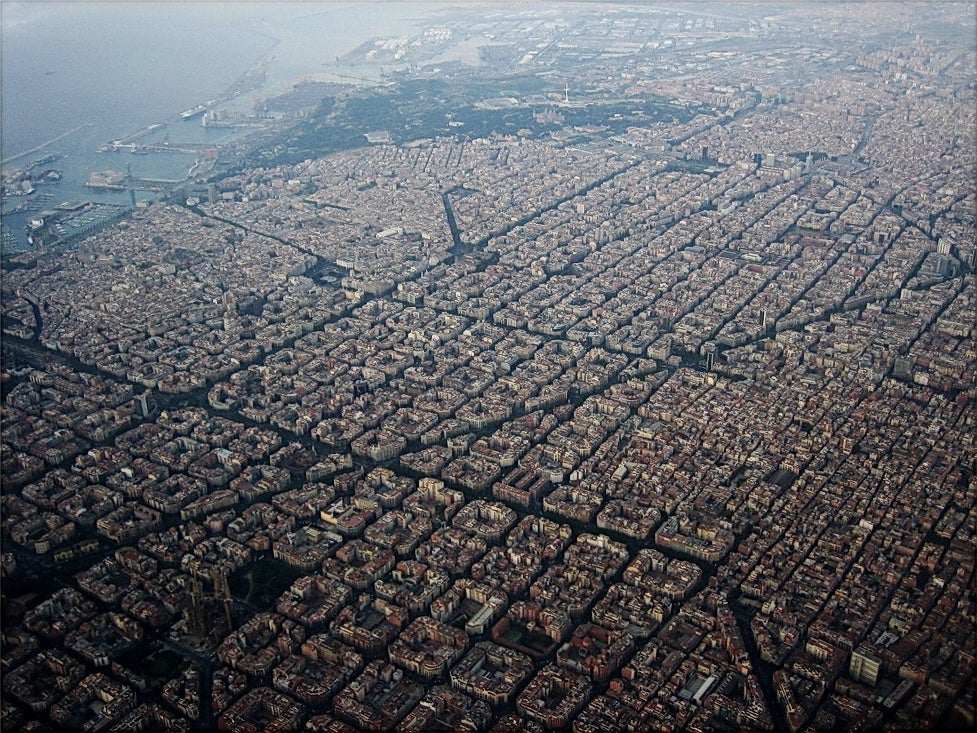Barcelona is creating massive, pedestrian-friendly “superblocks” to combat pollution
Air pollution, noise, and pedestrian accidents plague Barcelona. Like many modern urban areas, the Spanish city has consistently failed to meet air quality standards set by the World Health Organization, and studies attribute more than 3,500 deaths per year in Barcelona to the city’s polluted air. High noise levels from traffic and tourists, as well as scores of pedestrian injuries and deaths, have pushed city officials to create a bold plan they hope will set an example for the rest of the world.


Air pollution, noise, and pedestrian accidents plague Barcelona. Like many modern urban areas, the Spanish city has consistently failed to meet air quality standards set by the World Health Organization, and studies attribute more than 3,500 deaths per year in Barcelona to the city’s polluted air. High noise levels from traffic and tourists, as well as scores of pedestrian injuries and deaths, have pushed city officials to create a bold plan they hope will set an example for the rest of the world.
“Superblocks” are at the core of the new plan, which was first outlined in a 102-page report in 2014. By limiting cars and buses to main thoroughfares in the city, urban planners are hoping to encourage people to walk and bicycle more than they do now. Barcelona will add 200 km (124 miles) of bike path to the city’s current total of 100 km (62 miles), and will reroute busses so that all residents have a bus stop within 250 meters of their home.

Barcelona’s “Urban Mobility Plan” will be implemented in phases, and starts by targeting the most congested neighborhoods. The Eixample neighborhood, which was built in the mid-1800s to relieve the density of the overcrowded Old City, will be the first to adopt superblocks, according to The Guardian. The neighborhood has only 1.85 square meters of green space per inhabitant, far below the WHO’s suggestion of 9 square meters (97 square feet), while the rest of Barcelona has only 6.6 square meters (71 square feet) of green space per inhabitant, on average.

Eixample, which literally means “expansion,” is composed of distinctive octagonal blocks. Nine of these blocks, housing 5,000 to 6,000 people total, will make up one superblock in the city’s new plan. The internal intersections, devoid of cars, will become municipal squares. Each superblock will contain 160 of these squares, which will add a lot of green space.
“This plan sums up the essence of urban ecology,” Janet Sanz, a city councillor for ecology, urbanism and mobility, told The Guardian. “Public spaces need to be spaces to play, where green is not an anecdote—where the neighborhood’s history and local life have a presence.”